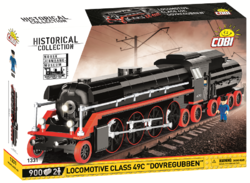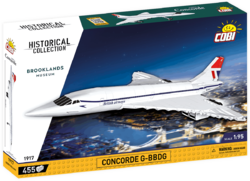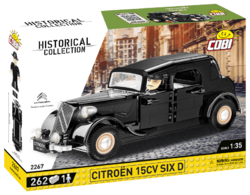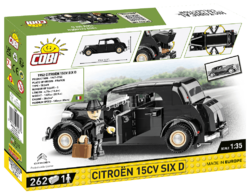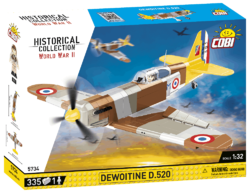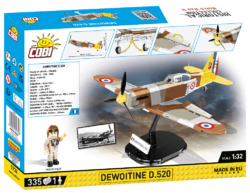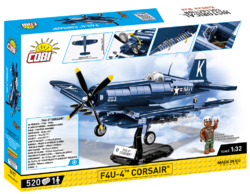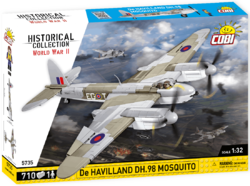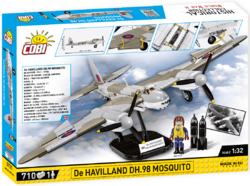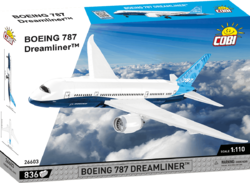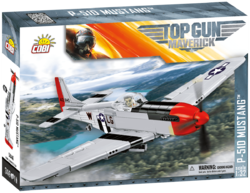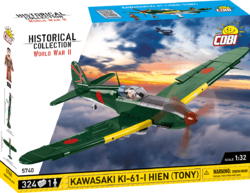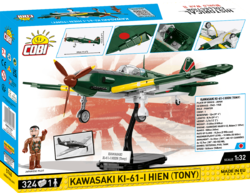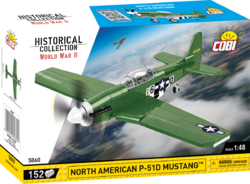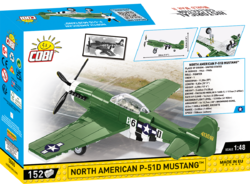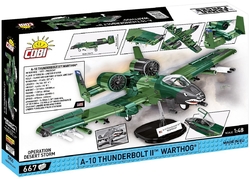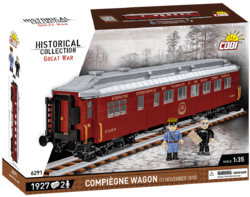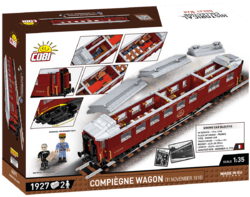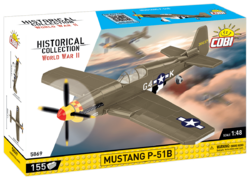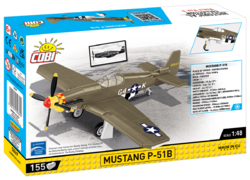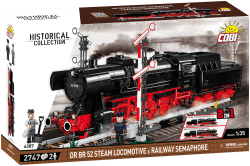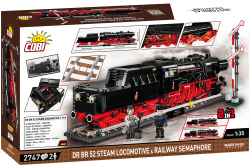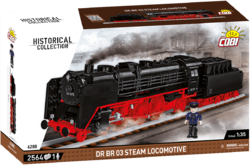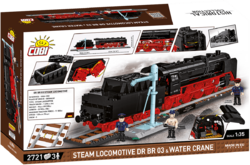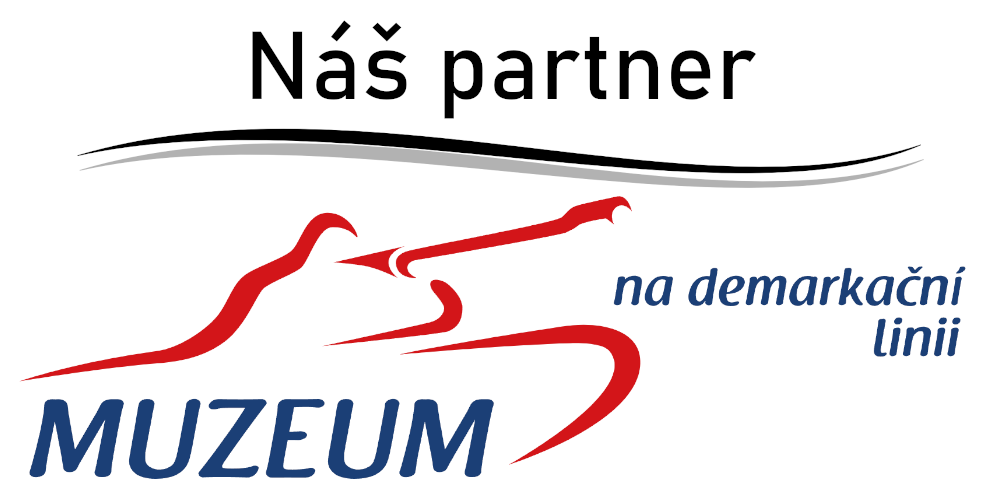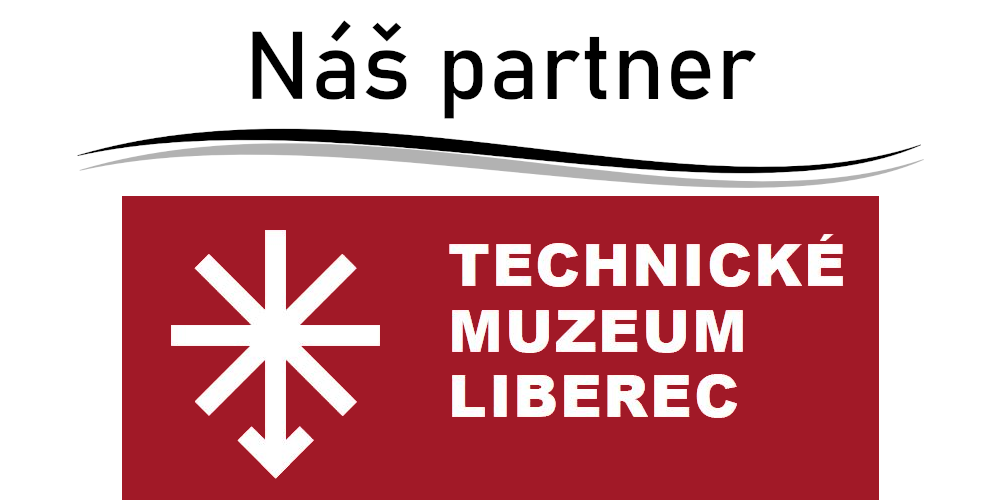Model kit of NSB Class 49C steam locomotive designed to haul the heaviest loads. The assembled locomotive is rendered in black with red lines as it is on the real locomotive kept in the Norwegian Railway Museum. The model has swivel wheels, an opening cab door and a water tank hatch. Also included are engine driver figures and luminous headlight cubes.
Show more
80 %
(6 Ranking)
This product is no more available for sale
| List Number: | COBI-1331 |
| EAN: | 5902251013318 |
| Warranty: | 24 months |
| Manufacturer: | COBI |
Description
Parametres
Files and Links3
Discussion
Reviews

You know that:
- The Dover section of the Norwegian railway network was put into service in 1921. Due to the high gradient of the line, it was necessary to build more powerful locomotives exclusively for this line.
- The design was commissioned to Thune's Mekaniske in 1933. This was an important investment for the region around Hamar, as the economic situation was not favourable and any work was very welcome.
- The first three locomotives were delivered in 1935-1936 and almost immediately became very popular throughout Europe.
- The locomotives initially had many technical shortcomings and Norwegian Railways had to turn to the German manufacturer Krupp AG, who made several important improvements in the design.
- The Norwegian company Thunes's Mekaniske was very concerned about the involvement of the German manufacturer. The government eventually commissioned the Norwegian company to produce two more units to prevent labour unrest.
- The locomotives carried freight exclusively on the Otto to Trondheim line, where they set many speed records.
- A total of 7 units were built in the A-C series.
- The last machine was taken out of service on 16 December 1958 with the arrival of diesel locomotives made in Sweden.
Technical parameters:
- dimensions: length 22.8 m, wheelbase 1.435 m
- weight 153 100 kg
- boiler pressure 17kg/cm2
- water tank capacity 27 300 l
- amount of stored coal 8 400 kg
- maximum forward speed 90 km/h
- maximum reverse speed 45 km/h
- adhesion 62 400 kg
Instructions for assembly
| Version (series) | 06/2022 |
|---|---|
| Recommended age | 10+ |
| Package weight | 1440 g |
| Number of figurines | 2 pcs |
| Box dimensions | 45 x 30 x 7 cm |
| Dimensions after assembly | 52 x 10 cm |
| Number of pieces | 900 pcs |
| Collection | Historie |
| Material | Plastic |
| Contains luminous blocks | Yes |
| Compatible with other brand of kits | Yes |
Discussion is empty.
There is no review for product yet












